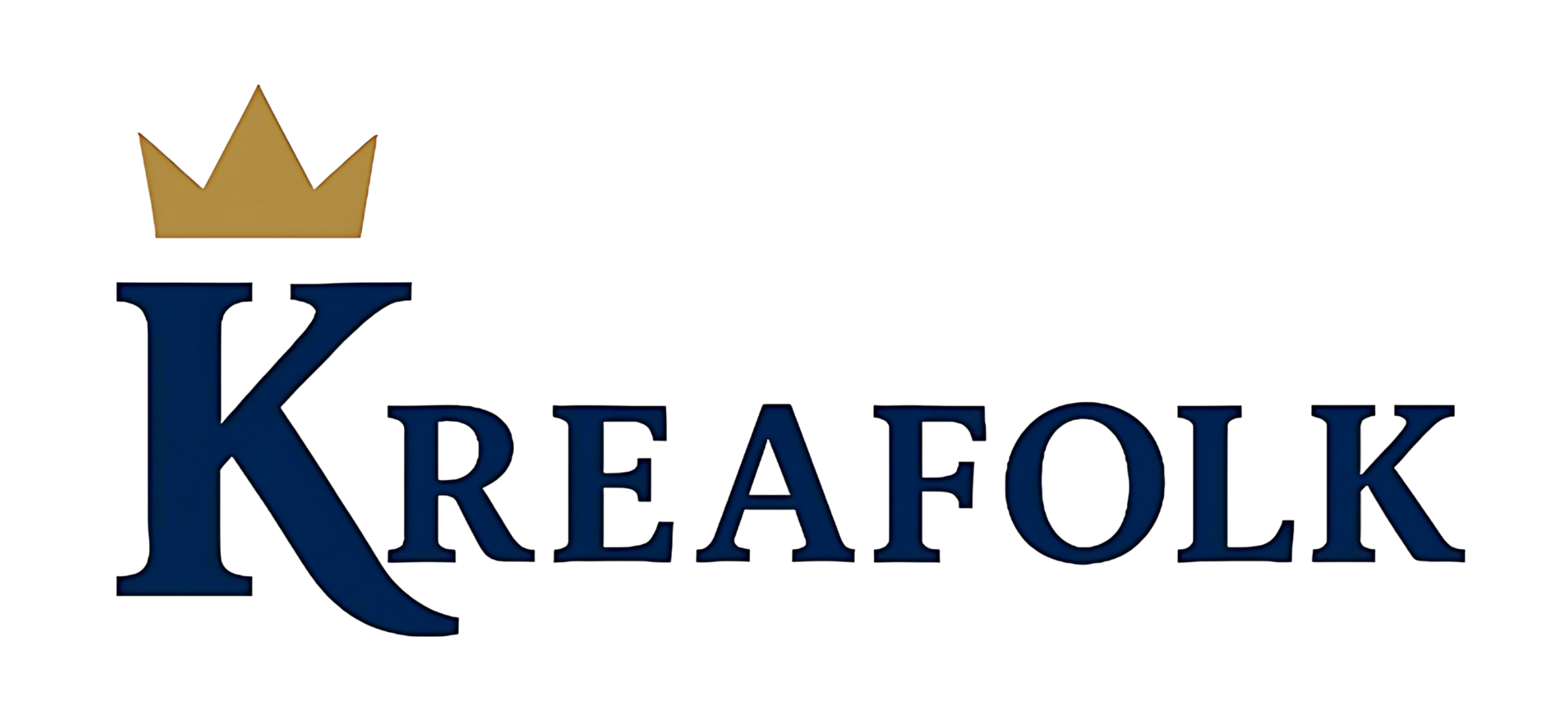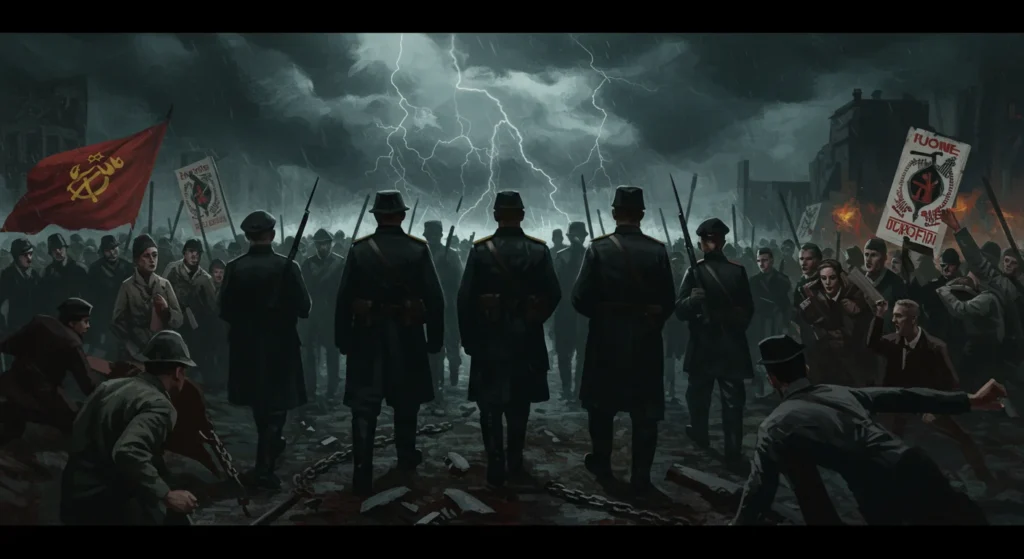“Fascisterne” isn’t just a trending topic—it’s a word heavy with history, controversy, and a rising modern-day relevance. In 2025, the resurgence of fascisterne is sounding alarms across continents. But while media headlines graze the surface, the real truth lies far deeper. What does fascisterne mean for your freedom, your society, and your digital footprint in 2025? In this revealing article, we uncover the story behind fascisterne—who’s pushing it, why it’s gaining traction, and how it affects ordinary people like you.
What Is Fascisterne and Why Is It Reappearing in 2025?
Fascisterne, at its core, refers to ideologies and movements rooted in authoritarian nationalism, often rejecting democratic governance and promoting centralized power. Though its roots are firmly planted in 20th-century Europe, 2025 has seen a frightening evolution of fascisterne—spurred by digital propaganda, political instability, and economic anxiety.
Social Platforms Are Fueling the Fascisterne Flame
It used to take armies and dictators to push authoritarian ideologies. Today, a viral post, AI-generated propaganda, or a charismatic influencer can do the job. Social media has become a powerful breeding ground for fascisterne content—repackaged with modern branding, coded language, and targeted manipulation. It’s not about uniforms and parades anymore. It’s memes, misinformation, and mind games.
Two brothers from Rotterdam, for example, started a YouTube channel discussing “traditional values.” Within six months, their followers were quoting fascisterne thinkers without even realizing it. That’s how subtle—and dangerous—it has become.
Economic Fear Is Fertilizing Fascisterne Roots
Rising inflation, the collapse of small businesses, and post-pandemic disillusionment have left many people angry, anxious, and searching for strong leadership. Fascisterne ideologies promise stability in uncertain times—appealing to those who feel ignored by mainstream politics. But at what cost?
A young man in Milan recently shared how he fell into an online group promoting fascisterne under the guise of financial empowerment. “They made me feel heard. Then they made me hate.”
Fascisterne in Policy and Pop Culture
From parliamentary speeches to blockbuster storylines, fascisterne isn’t hiding anymore—it’s mainstreaming itself into the everyday narrative. Governments and entertainers alike are walking a fine line between freedom of expression and dangerous normalizations.
Entertainment Is Glamorizing the Aesthetic of Fascisterne
While directors insist their dystopian films “warn against fascisterne,” stylized uniforms, charismatic villains, and authoritarian worlds are often portrayed with seductive flair. It confuses viewers—especially youth—who may interpret fascisterne as powerful rather than problematic.
In one hit streaming series this year, the villain’s fascisterne regime was so visually stunning that cosplay shops reported a spike in costume sales. The irony? The series was meant to critique such ideologies.
Laws Reflecting Fascisterne Tendencies Are Emerging
From surveillance laws to media crackdowns, several governments are accused of embedding fascisterne philosophies into national policy. Hungary, for instance, recently passed a bill giving full editorial control of national broadcasting to a state-appointed board. Experts argue this is fascisterne in function, if not in name.
Dr. Elise Marten, a political scientist at the University of Oslo, says: “Fascisterne today wears a suit and speaks in diplomatic tones. But it remains what it has always been—a system built on control, exclusion, and fear.”
Also Read: United Airlines Flight UA770 Emergency Diversion: What Happened
How Fascisterne Affects the Everyday Citizen
The truth about fascisterne in 2025 isn’t just about geopolitics—it’s about your neighborhood, your screen time, your sense of security. Whether you’re aware of it or not, fascisterne is quietly shaping decisions around you.
One Copenhagen mother discovered her child’s school curriculum had removed entire sections about civil resistance movements. Why? Because officials feared it could “promote disobedience.” That’s fascisterne—rewriting reality, one paragraph at a time.
Another example comes from Berlin, where landlords began screening tenants’ social media before renting, supported by vague “cultural fit” policies. The link to fascisterne thinking? Selective inclusion based on ideological alignment.
Can We Resist the Rise of Fascisterne?
To push back against fascisterne, we first have to name it when we see it. That means educating ourselves, speaking up in digital spaces, and demanding transparency from leadership. Silence gives fascisterne its oxygen.
Education as a Weapon Against Fascisterne
Educators and activists are collaborating across Europe to launch counter-narratives. In Prague, a grassroots campaign called “History Speaks” travels to schools with virtual reality reenactments of life under historical fascisterne regimes.
Their goal? Make students feel what oppression looks like—so they’ll never vote it back in.
Digital Literacy Must Evolve to Combat Fascisterne
Platforms like X, Instagram, and TikTok are being called out for promoting content that aligns with fascisterne rhetoric—disguised as patriotism or tradition. Users must learn to distinguish propaganda from policy. It’s no longer enough to just scroll; you need to critically engage.
A viral campaign titled “Pause Before You Post” has gained momentum this year, urging users to verify content before sharing—especially if it feeds into a fascisterne narrative.
Key Takeaways to Recognize and Resist Fascisterne
The fight against fascisterne begins with awareness. Here are some actionable lessons:
- If it silences dissent, question it.
- If it glorifies exclusion, challenge it.
- If it trades rights for order, reject it.
- If it rewrites history, reread the truth.
- If it feels too simple, dig deeper.
Whether it’s in a policy speech or a social post, fascisterne thrives in environments where people stop asking questions.
Conclusion
Fascisterne in 2025 isn’t about flags and marches—it’s subtle, digital, and disturbingly seductive. Its danger lies not just in what it does but in how little people recognize it for what it is. But now, you do.

